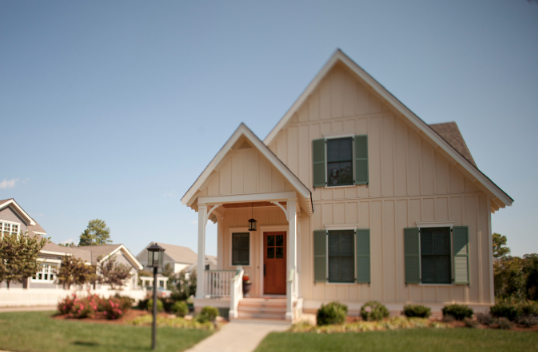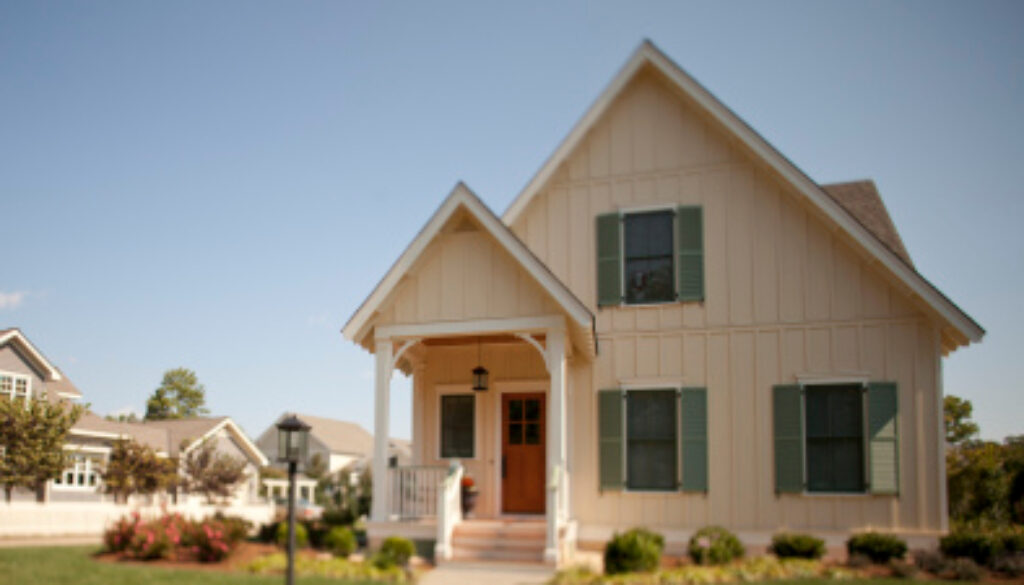I have yet to hear someone say that they don’t absolutely “LOVE Oak Park!” and it is admittedly hard not to.

Oak Park, in NW Chesterfield, is really quite well done. Developer(s) John Dempsey and GrayCo. created a stunningly well done homage to the Ginter Park neighborhood in Richmond’s Northside. By carefully crafting architectural guidelines (and strictly enforcing them), the developers of Oak Park created a building environment that fostered modern interpretations of Arts and Crafts Cottages, Bungalows and American Four Squares so common to the first half of the 20th Century. The homes of Oak Park are unique, diverse, well crafted, distinguished and remarkably authentic.
I wrote this one in middle 2012 as we began to attack the NEW HOMES market. Oak Park is a fascinating neighborhood in that it really did take some tremendous chutzpah by the developer to create the setting that he did. I hope more developers are willing to see take the risk that John Dempsey did at Oak Park.
But why it that important?
Beginning in the latter 1970′s, residential construction began to fundamentally change. The introduction of materials that were far less durable began to become more and more prevalent and the effective life of housing began to shorten. The Homebuilding industry, always a locally-based industry, began to see larger regional (and even national) companies enter more and more markets and bringing with them a more corporate mindset. With the entry of the national guys like Ryan, Pulte, US Homes, Centex (and others), construction quality began to fall and local building codes became the standard and not the minimum level to which homes were built. The period from roughly 1975 to 2005 really saw the rise of the ‘Track Builder’ where production volume became the dominant metric by which builders were judged (or at least how they judged themselves.)
While there was still an element of ‘quality’ in the marketplace provided by some upscale local builders, it was still based on building extremely large homes with moderate upgrades in techniques. The homes were still very engineered (think ‘cheapened’) and the quality, while better than the ‘track builders,’ was still well below the rock solid 1940′s and 50′s era housing that is still in demand today.
Oak Park, while initially received cautiously by the market (part timing/part expense/part skepticism), is now almost fully built out and has spawned a movement amongst other subdivisions that they CAN offer finer products AND THE MARKET WILL RECOGNIZE IT. When you are defined by the lowest common denominator, as housing was for far too long, it makes it challenging (and risky) to build homes that are built to a higher standard.
Time will be the ultimate judge but the early reviews are in and Oak Park will be a place that helped redefine Richmond’s marketplace in the coming decades.

